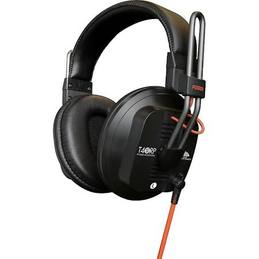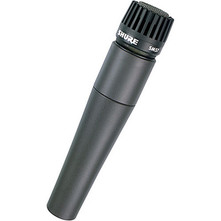INSTEAD OF RE-AMPING, TRY THIS TRICK!Did you know that sitting in most of your studios or recording spaces, is a really great tool for audio experimentation? That's right; it's your headphones! When recording a guitar, there are numerous tricks you can employ to get something different. One of these tricks, is to solo the guitar track just through your headphones, and then place a microphone where you are actually mic'ing the headphone ear cup! Sound crazy? Well it is a little bit crazy, but if you are patient, you can yield some really cool tones. You may like it more than the original, or you may use it to blend with the original. Compress it, distort it, etc. The name of the game for this trick is experimentation: 1. Try different types of headphones (if available) 2. Try different types of microphones - I've had great luck with a condenser mic using this trick. 3. Try different mic positions - the further away the microphone is from the headphone ear cup, the more "lo-fi" of a tone you get. Tip: To really fine tune mic position, you can velcro strap (or gaffer tape) one side of your headphones to a straight mic stand, and then bring in a boom stand with the mic on it. Try this out, and let me know what you come up with!
0 Comments
Your comment will be posted after it is approved.
Leave a Reply. |
Do you like vintage recording gear and articles? You should visit our sister site: The Vintage Audio Portal!
**Advertise With Us! We have thousands of visitors a day. Contact us here to learn more.
Archives
August 2021
Categories |


